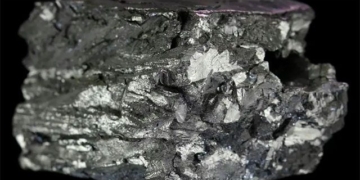At least 5 people have died and many areas are flooded after Super Typhoon Noru made landfall in the Philippines on September 26.
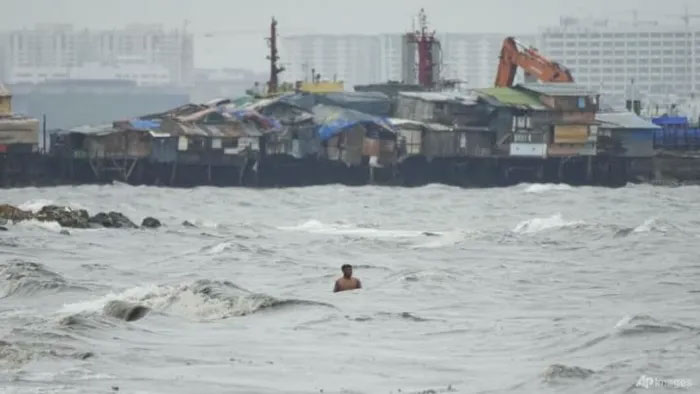
Super Typhoon Noru with winds of up to 185 km/h struck the main island of Luzon, prompting Philippine authorities to close schools, government offices, and the stock market until the end of September 26. (Photo: AP).
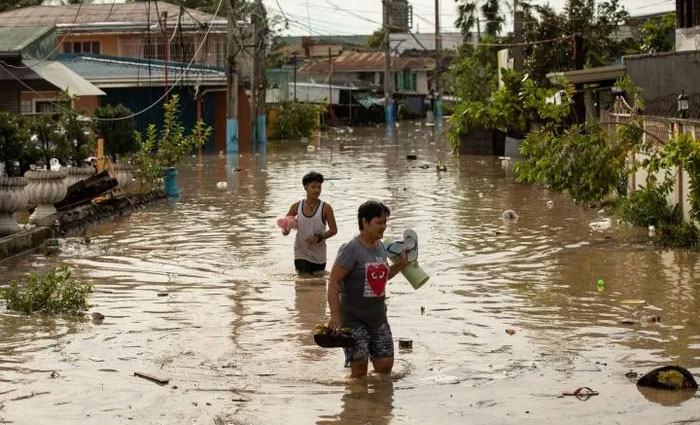
At least 5 rescue workers in the Philippines have died in Typhoon Noru. These individuals were killed after being deployed by local authorities to assist residents in flooded areas. (Photo: Reuters).

These are the first reported fatalities since Typhoon Noru made landfall in the Philippines on the night of September 25. (Photo: Reuters).
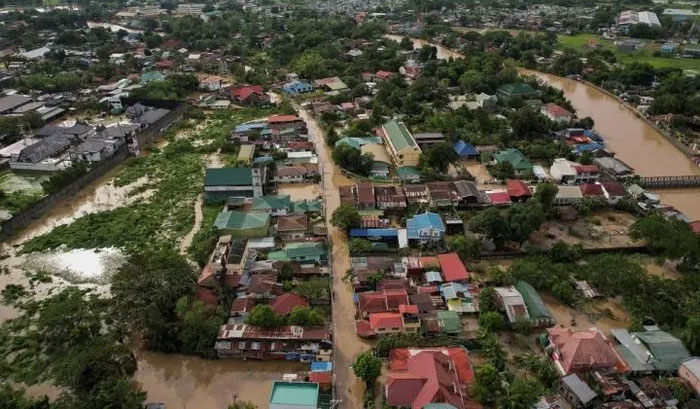
Authorities on Luzon Island are beginning recovery efforts after floodwaters recede. Quezon Province Governor Helen Tan reported that many homes have been destroyed, but roads remain passable and there have been no landslides, adding that officials are starting to clear fallen trees and debris in the area.
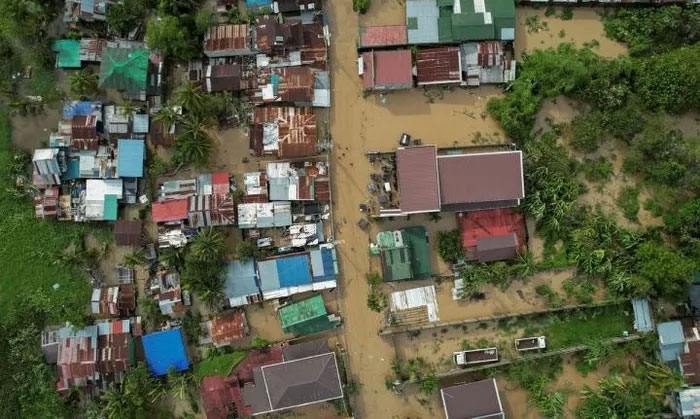
In response to the situation, Philippine President Ferdinand Marcos ordered the deployment of aircraft to deliver relief supplies and recovery equipment to the most affected areas. (Photo: Reuters).
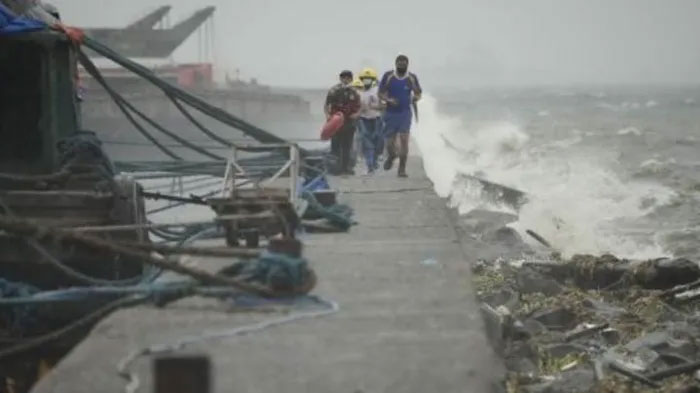
Previously, the Philippines issued an emergency warning and closed numerous schools as Super Typhoon Noru made landfall in the country. (Photo: CNN).
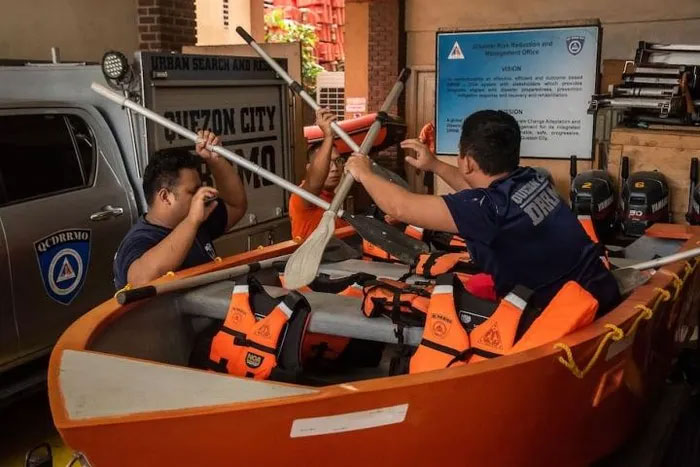
Philippine authorities organized evacuations from coastal areas and prohibited fishing as Luzon faced Super Typhoon Noru, also advising fishermen in nearby coastal areas not to go out to sea. (Photo: Getty).
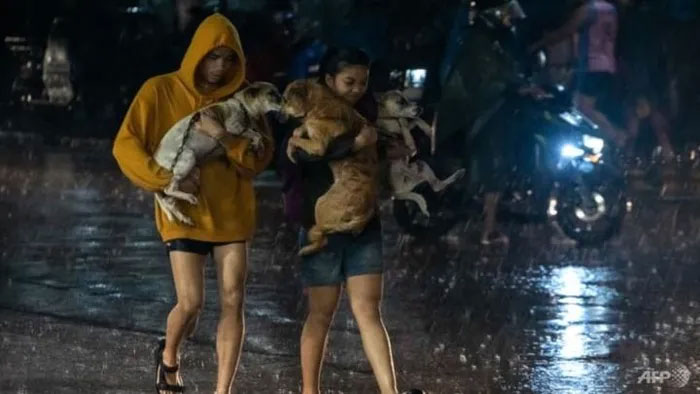
The Philippine Atmospheric, Geophysical and Astronomical Services Administration (PAGASA) reported that by early this morning, Typhoon Noru had weakened as it entered the South China Sea, with sustained winds of 140 km/h and gusts of 170 km/h.
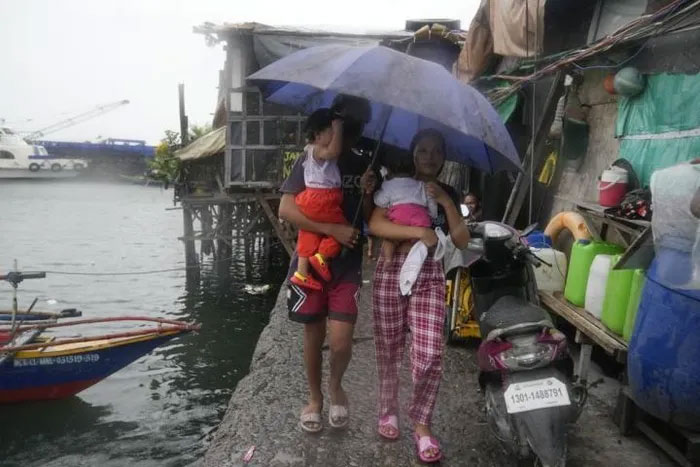
Evacuations were conducted before Typhoon Noru made landfall in the Philippines. The image shows a family carrying a small child evacuating to a safer area before Typhoon Noru struck in the coastal slum of Tondo in Manila, Philippines.

















































